What is the tolerance range of precision screws?
What is the tolerance range of precision screws?
Service Hotline
+86760-8787 8587We have more than ten years of production experience in the screw industry, the main products are: hollow hollow screws, extended wall bolts, GB68 bolts, square inclined washers for channel steel, fastening nuts, DIN934 hexagon nuts, slotted cylindrical screws, stainless steel 304 copper posts , T-shaped aluminum groove pressure plate screws, gasket set 12.9, multi-specification can be customized, metal self-locking ball cap nuts, connecting rod models, hot-dip galvanized screws, claw nuts and other fasteners, due to the product material and Specifications vary, prices vary, please contact us if necessary.


1. Correctly select the product a. Before use, confirm whether the mechanical properties of the product can meet the needs of use, such as the tensile strength of the screw and the guaranteed load of the nut. The length of the screw should be selected appropriately, and the 1-2 pitch of the nut will be exposed after tightening. b. Before use, check whether the threads are rough, and whether there is iron filings or dirt between the threads, which often lead to locking. c. The fasteners can be lubricated before use. It is recommended to use butter, molybdenum disulfide, mica, graphite or talc for lubrication. Generally, dipping wax is used for lubrication and anti-locking. [1] 2. Pay attention to the use method when using it. a. The speed and force of screwing in should be appropriate, not too fast or too large. Use a torque wrench or socket wrench as much as possible, and avoid using an adjustable wrench or an electric wrench. Excessive speed will cause the temperature to rise rapidly and cause lock-up. b. In the direction of force, the nut must be screwed in perpendicular to the axis of the screw. c. The use of washers can effectively prevent the problem of over-tightening.
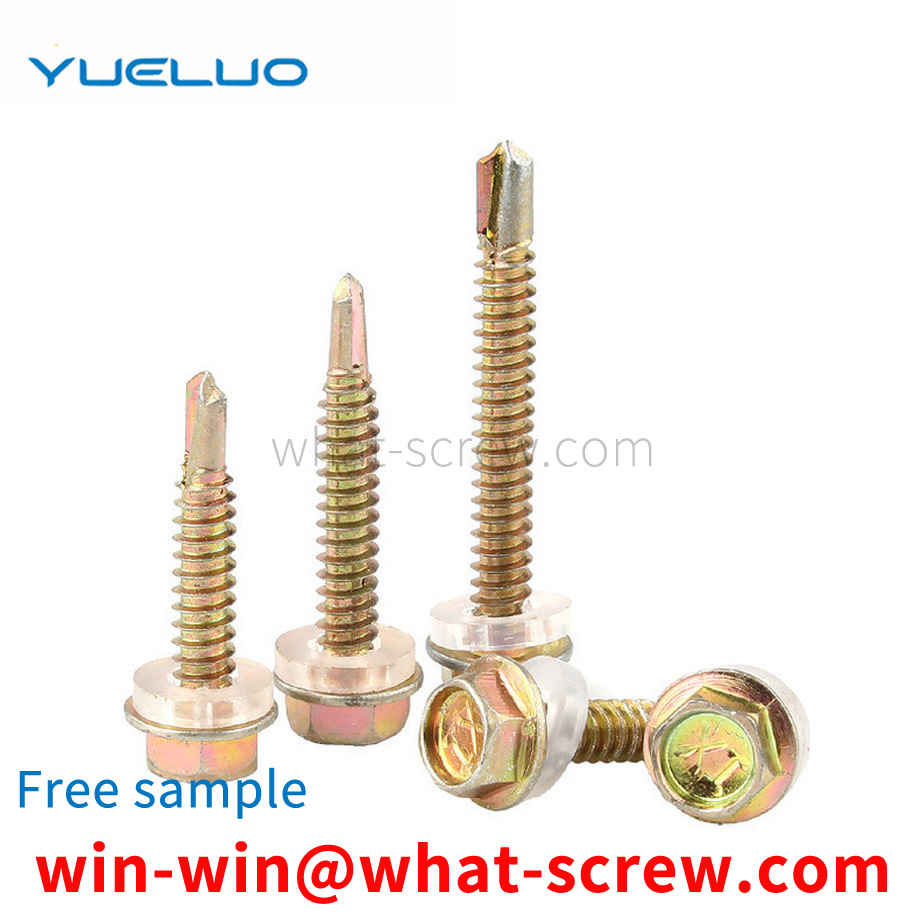
The slotted nut mainly refers to the hexagonal slotted nut, that is, the slot is machined above the hexagonal nut. It is used in conjunction with screw bolts with holes and cotter pins to prevent the relative rotation of the bolts and nuts, see GB6178 ~ 6181 and so on.
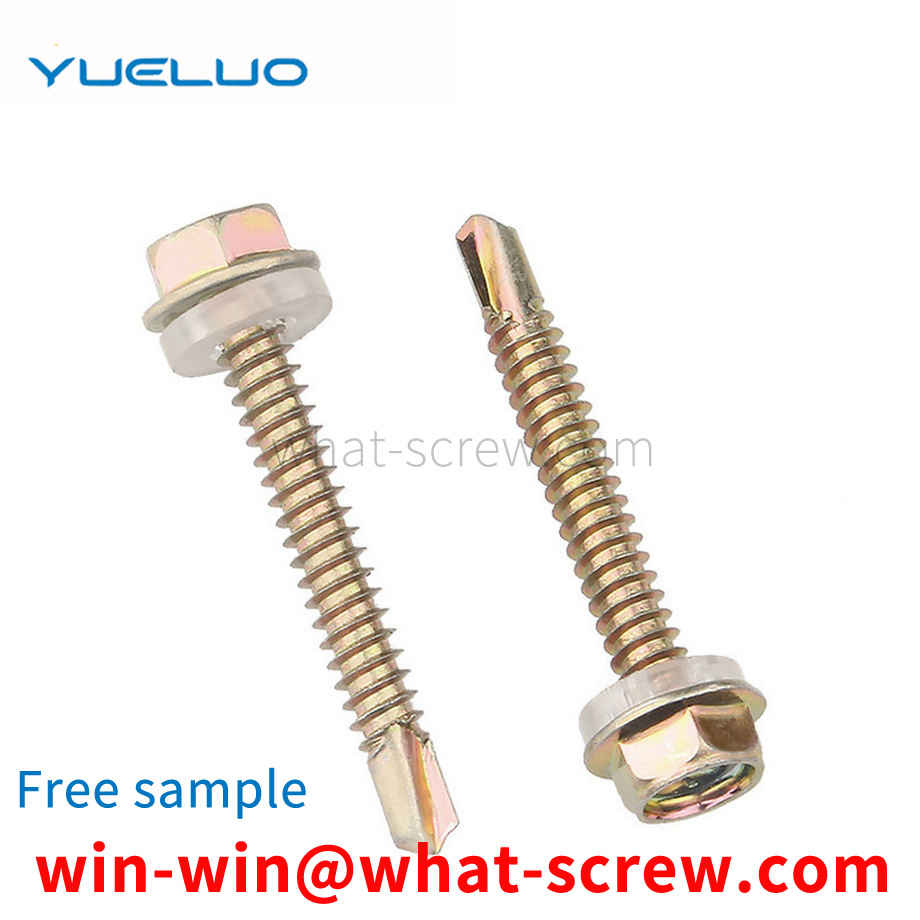
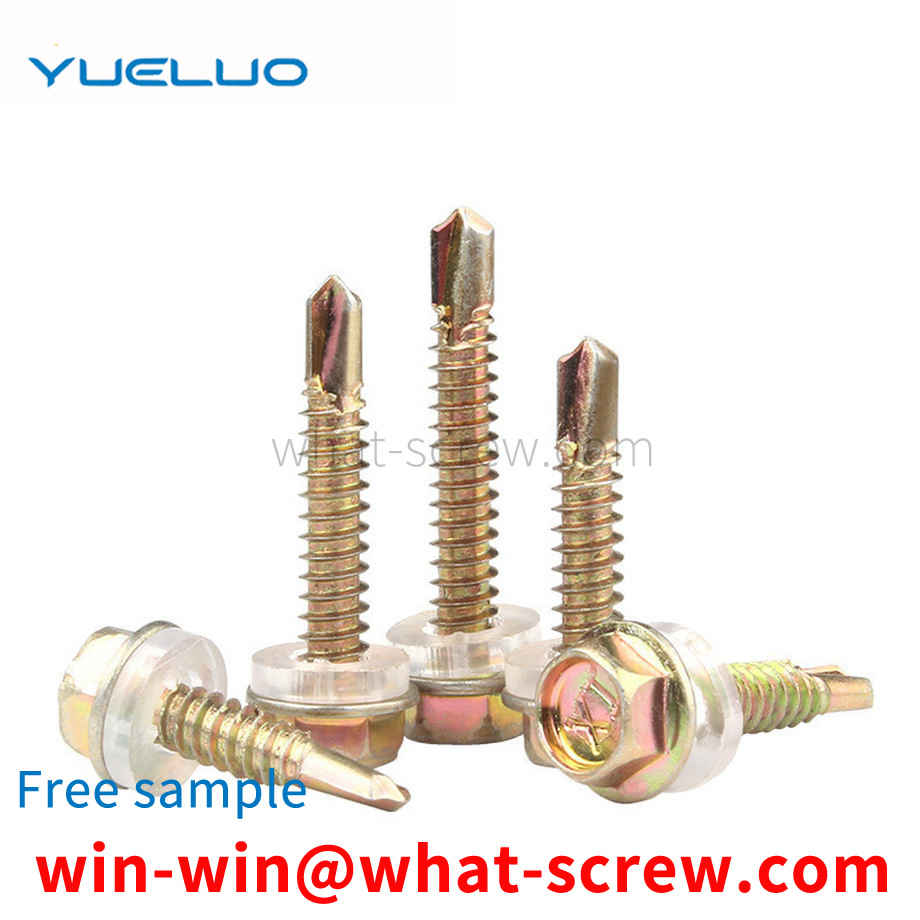
High-strength fasteners must be quenched and tempered according to technical requirements. The purpose of heat treatment and tempering is to improve the comprehensive mechanical properties of fasteners to meet the specified tensile strength value and yield ratio of the product. The heat treatment process has a crucial impact on high-strength fasteners, especially its intrinsic quality. Therefore, in order to produce high-quality high-strength fasteners, advanced heat treatment technology and equipment must be available. Due to the large production volume and low price of high-strength bolts, and the threaded part is a relatively fine and relatively precise structure, the heat treatment equipment is required to have large production capacity, high degree of automation, and good heat treatment quality. Since the 1990s, the continuous heat treatment production line with protective atmosphere has dominated, and the shock bottom type and mesh belt furnace are especially suitable for heat treatment and tempering of small and medium-sized fasteners. In addition to the good sealing performance of the furnace, the quenching and tempering line also has advanced computer control of atmosphere, temperature and process parameters, equipment failure alarm and display functions. High-strength fasteners are automatically controlled and operated from feeding-cleaning-heating-quenching-cleaning-tempering-coloring to offline, which effectively ensures the quality of heat treatment. The decarburization of the thread will cause the fastener to trip before the resistance required by the mechanical properties is reached, which will cause the failure of the threaded fastener and shorten the service life. Due to the decarburization of the raw material, if the annealing is improper, the decarburized layer of the raw material will be deepened. In the process of quenching and tempering heat treatment, some oxidizing gas is generally brought in from outside the furnace. The rust of the bar wire or the residue on the surface of the wire rod after cold drawing will also decompose after being heated in the furnace, and some oxidizing gases will be generated by the reaction. For example, the surface rust of steel wire, which is composed of iron carbonate and hydroxide, will be decomposed into CO₂ and H₂O after heating, thus aggravating decarburization. Studies have shown that the degree of decarburization of medium carbon alloy steel is more serious than that of carbon steel, and the fastest decarburization temperature is between 700 and 800 degrees Celsius. Because the attachments on the surface of the steel wire decompose and synthesize carbon dioxide and water very quickly under certain conditions, if the furnace gas of the continuous mesh belt furnace is not properly controlled, it will also cause excessive decarburization of the screw. When the high-strength bolt is formed by cold heading, the raw material and the annealed decarburized layer not only still exist, but also are extruded to the top of the thread. For the surface of the fastener that needs to be quenched, the required hardness cannot be obtained. Its mechanical properties (especially strength and wear resistance) decreased. In addition, the surface of the steel wire is decarburized, and the surface layer and the internal structure have different expansion coefficients, and surface cracks may occur during quenching. For this reason, during quenching and heating, the top of the thread should be protected from decarburization, and the fasteners whose raw materials have been decarburized should be properly carbonized, and the advantages of the protective atmosphere in the mesh belt furnace should be adjusted to the original carbon-coated parts. The carbon content is basically the same, so that the decarburized fasteners are slowly restored to the original carbon content. The carbon potential is preferably set at 0.42% - 0.48%. The carbon coating temperature is the same as the quenching heating, and cannot be carried out at high temperatures , so as to avoid coarse grains and affect mechanical properties. The quality problems that may occur in the process of quenching and tempering of fasteners mainly include: insufficient hardness in the quenched state; uneven hardness in the quenched state; excessive quenching deformation; quenching cracking. Such problems in the field are often related to raw materials, quenching heating and quenching cooling. Correctly formulating the heat treatment process and standardizing the production operation process can often avoid such quality accidents.
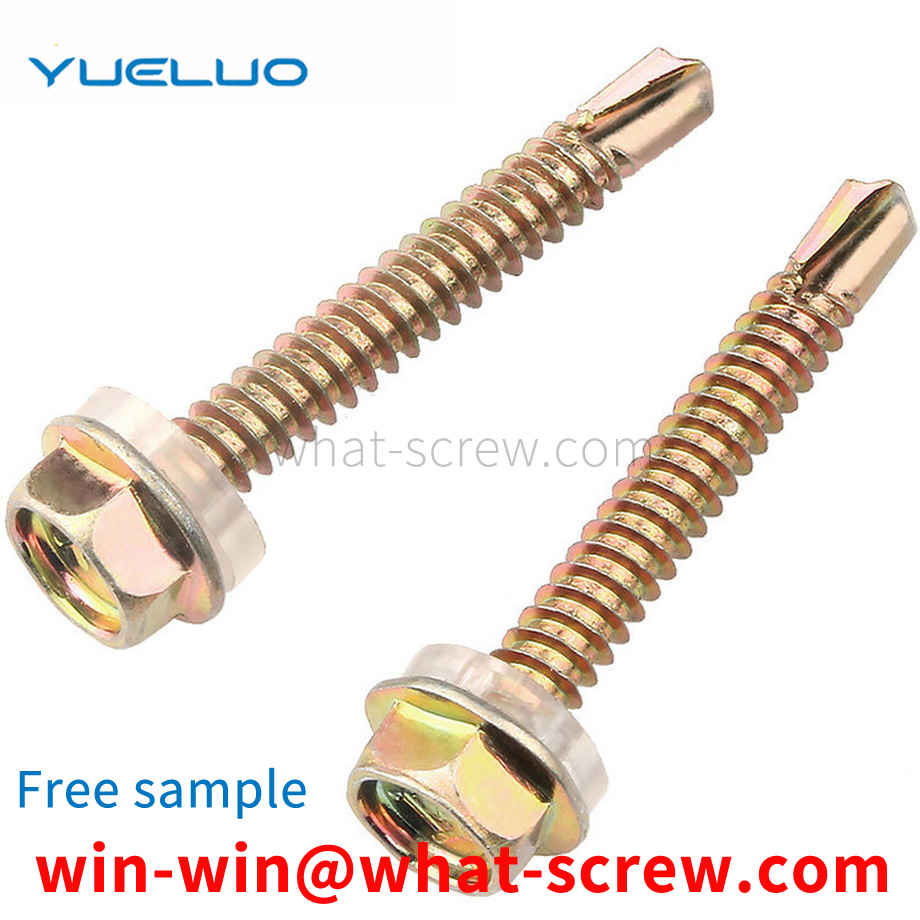
The combination screw is actually a kind of screw, but it is special. It is generally a three-component or a two-component, but at least it can be called a combination screw. The main difference from ordinary screws is that they are equipped with one more spring washer or one more flat washer than ordinary screws. This is the main difference between the appearance of combination screws and ordinary screws. In addition to the obvious difference in appearance between combination screws and ordinary screws, the main difference is the difference in mechanical properties and uses. The combination screw is a three-component or two-component with a flat washer. Of course, it is equipped with a flat washer by an ordinary screw. When the spring flat pad is attached, the spring flat pad will not fall off. Fastened to form an assembly. In terms of mechanical performance, the combination screw is composed of three accessories, and in terms of performance, three fasteners must be used together. The mechanical properties of the combined screw are stronger when used. More convenient, the biggest advantage of the combined screw is that the production line can be operated conveniently and quickly, and the work efficiency can be improved. The difference between the use of combination screws and ordinary screws is mainly in the breadth of use. The use of ordinary screws is more extensive than that of combination screws. Basically, ordinary screws are used in industrial products, and combination screws! It is only useful for specific product materials. When the screw needs to be used with a spring washer and a flat washer, the combination screw can be used at this time.
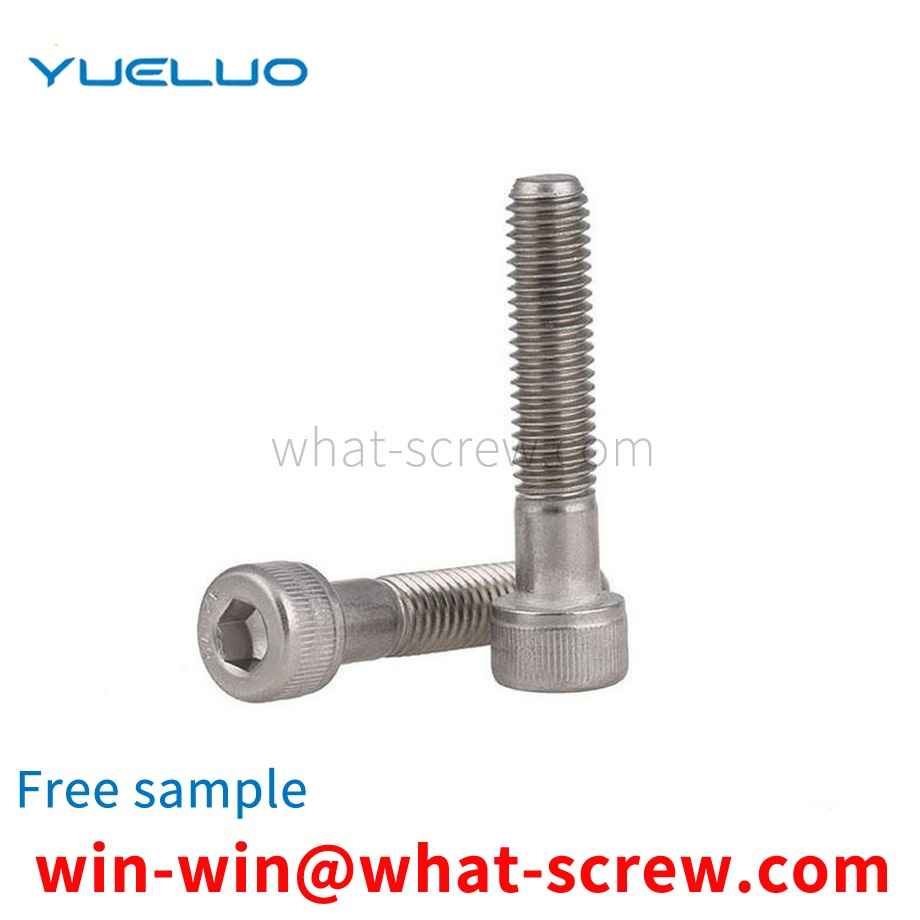
The above content is uploaded by Yueluo or the Internet. If there is any copyright issue, please contact [email protected].

What is the tolerance range of precision screws?

How to choose the right stainless steel screw manufacturer?

Why is there an R angle under the head of the hexagon head s...
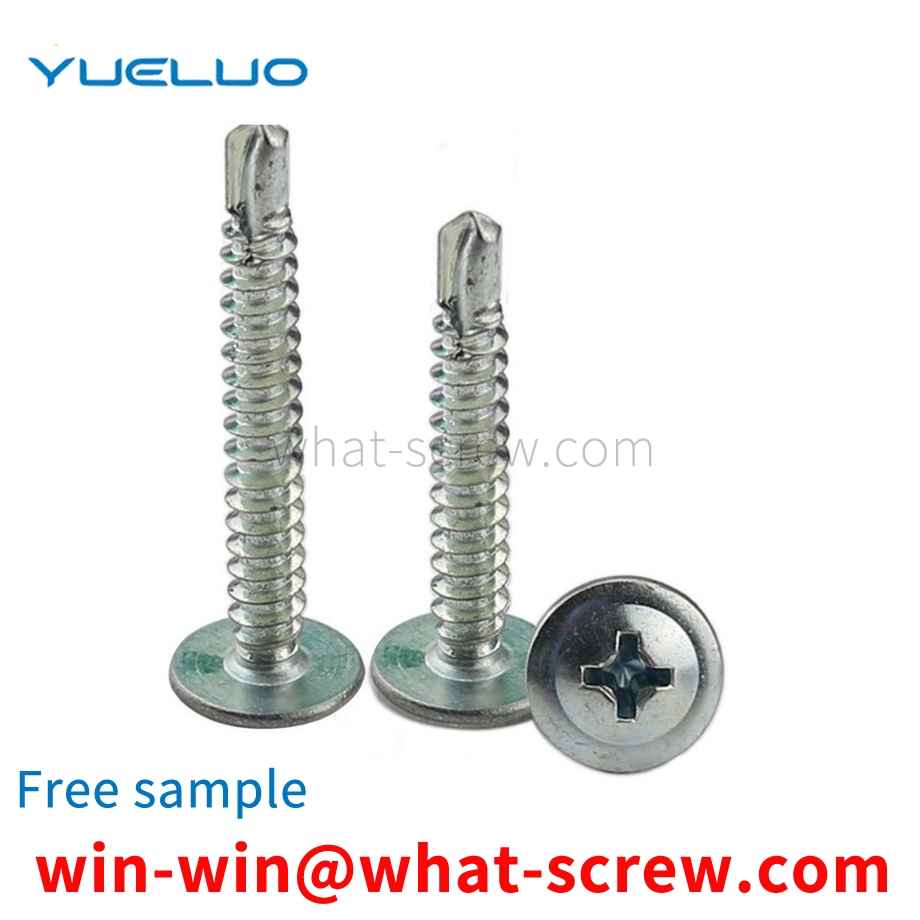
We have more than ten years of screw industry production exp...
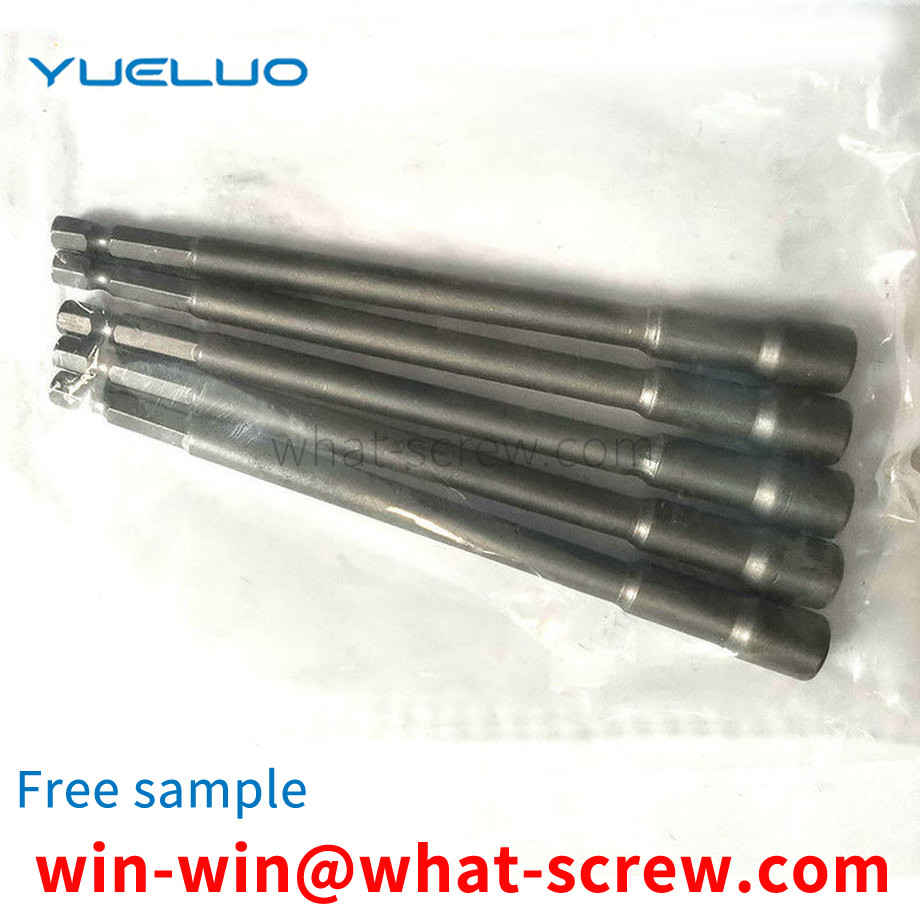
We have more than ten years of experience in the production ...
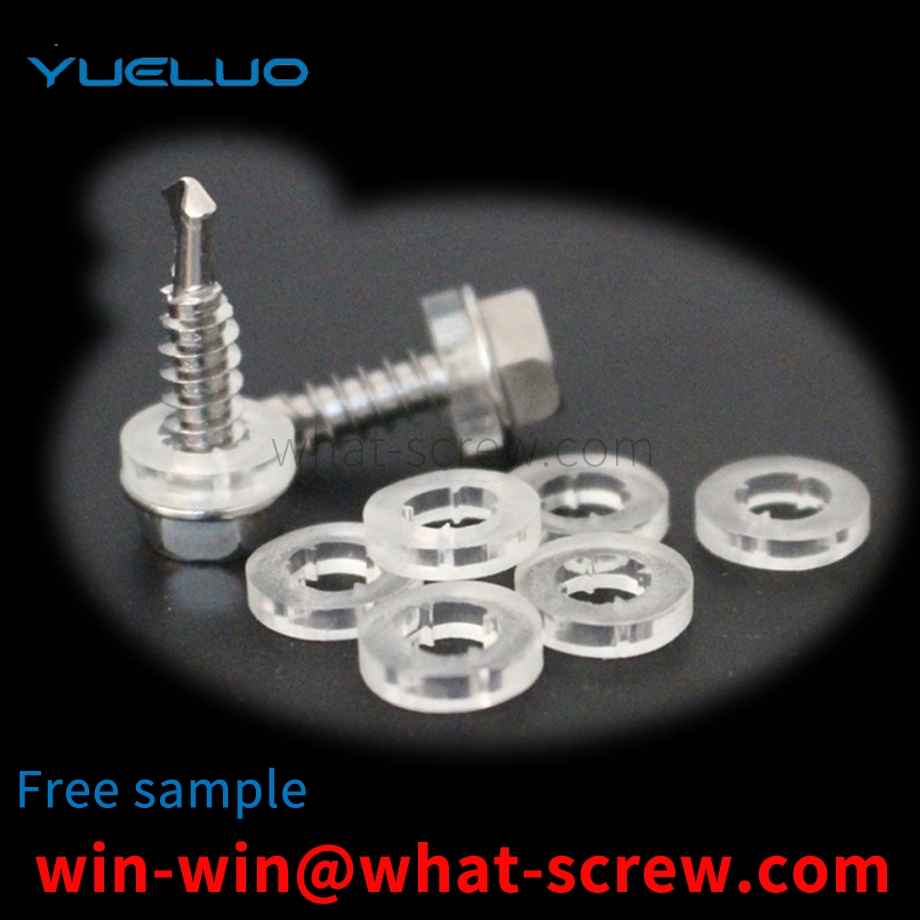
We have more than ten years of production experience in the ...
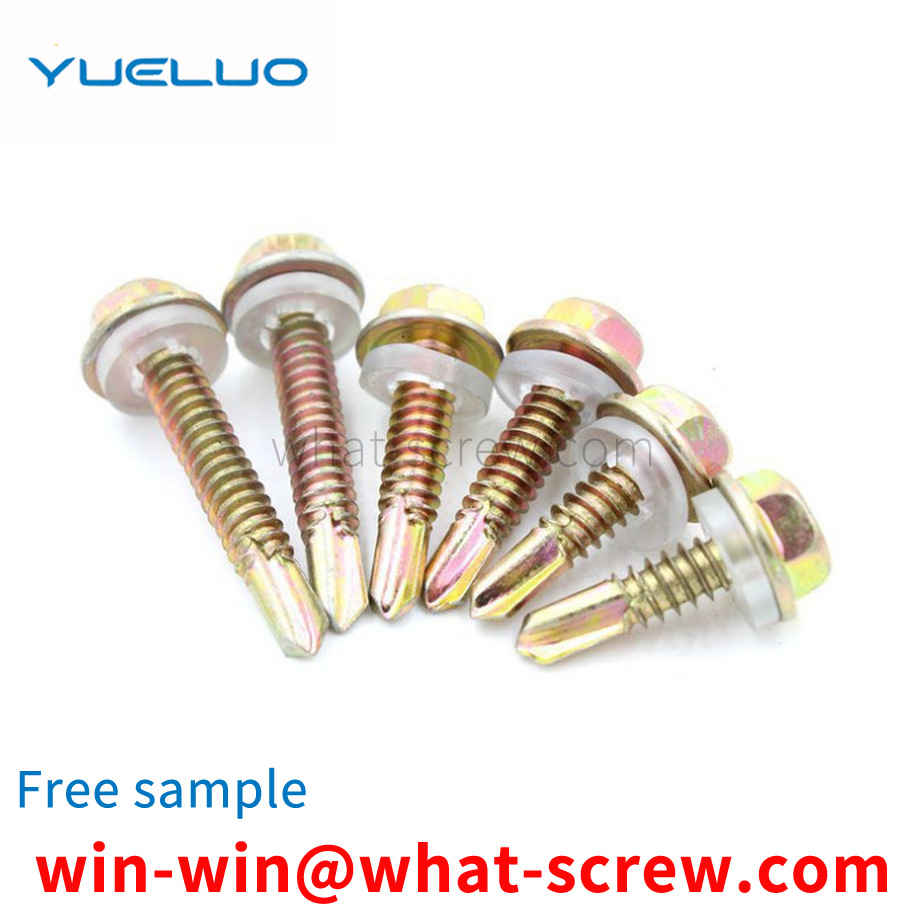
We have more than ten years of experience in the production ...